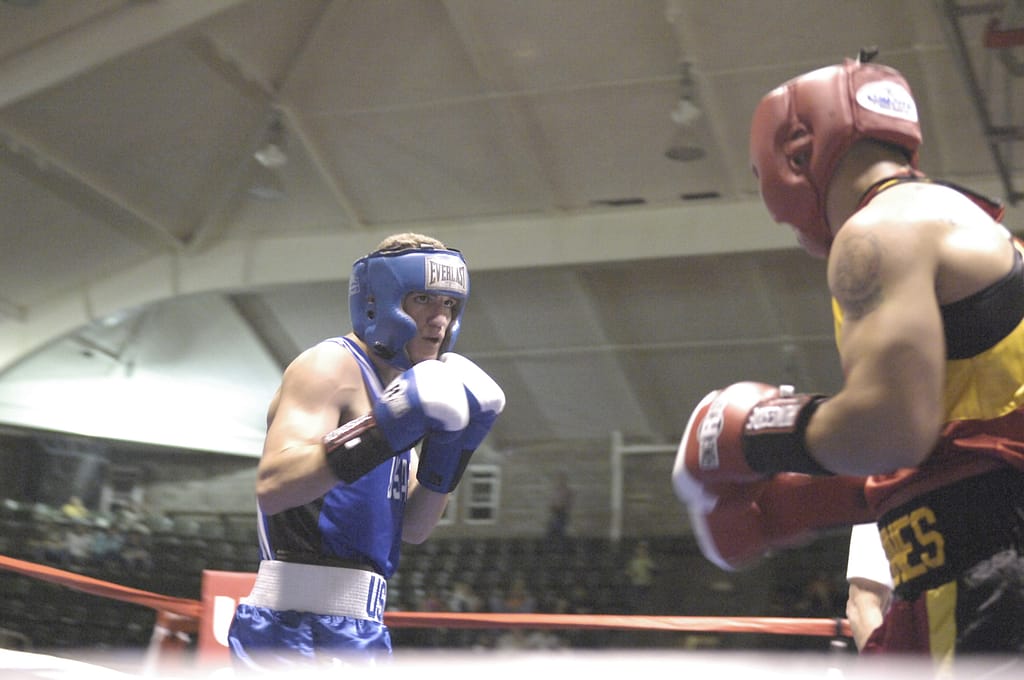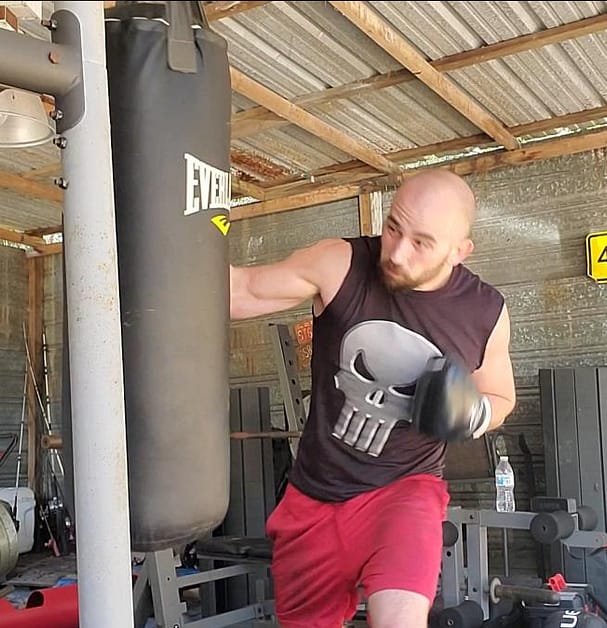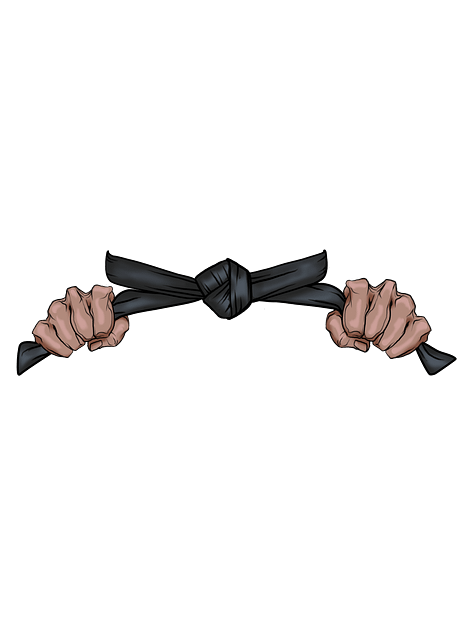When it comes to fighting, there’s few things as spectacular as as a knockout punch. Frazier vs Ali, Foreman vs Moorer, Tyson vs…anyone. It sticks in your mind when someone uncorks a power shot. It’s the allure of punching power.
Not only that, punching power can give you a chance to beat someone that may be better than you. It’s called “a puncher’s chance” for a reason. You can stop a fight early, you can come back from defeat. Anything’s possible when you can set someone down with a punch.
So naturally, heavy hands are something a lot of people want to build. In this article we’ll discuss how to improve the power of your strikes.
I’m going to assume that you know the basics of how to throw a punch if you’re here. Things like how to make a fist, etc.
The Myths
When you look into punching power, there’s a lot of false information out there. To begin with, you see people simulating punches with elastic bands. Bands are honestly going to do nothing for how hard you punch. The bands work the most at the end of a punch, and just go against the mechanics of how you throw. It can make you develop the habit of hyper-extending your arm, or stopping the punch short.
Also, punching with dumbbells. Mayweather may do this, but there’s two things I still see wrong with that. For one, he’s never been known for his punching power. Not saying the man isn’t the greatest fighter of this generation, but he’s just not a knockout artist.
And two, all dumbbells really do is effect the movement patterns of your punches to make them wonky. Punching with dumbbells will put too much stress on your upper body and shoulders for no real gain.
Punching Technique
Position and technique matter just as much for a punch as the power you can deliver. When you punch, you have to make sure to follow the basic steps of the technique. To start with, make sure you always punch through what you’re hitting, and not to stop at the head. This helps you deliver the most power at the end of the punch.
When you throw your punch, make sure it’s not just an arm punch. You have to turn your hips in conjuction with the thrown punch. For example, you rotate your lead left foot slightly and torque left hip when you throw the hook from that side to deliver the most power.
Also, it’s vital that you stay relaxed until you throw the punch. If you stay tense as you’re finding your range and moving around the ring, you’re gonna be tired by the time you start swinging. This is also why keeping good cardio is critical for fighters. You can’t punch hard if your exhausted.
Building Strength for Punching Power
One of the first steps you build up your strength is heavy bag work. You should be training on the bag at least twice a week, and the heavier it is the better. And when you workout, make sure to have a plan. Don’t just wail on the bag with no goal. If you need an example workout, I’ve written one before here.
Finally, after you’ve got your technique and cardio down, comes strength training. The power of a punch comes from many areas of the body, and it differs based on the punch thrown. Hook power comes from your core and your butt. Straight punches benefit from strong upper back and shoulder muscles.
But make sure to train correctly for the sport. Bodybuilding style lifts with 4 sets of twelve reps are great for building muscle and looking good. While a good pump looks great, bodybuilders (and I’m talking top level guys) don’t really deliver the kind of power you’d think in their strikes. I’m not at all saying they’re weak, but you’re going to want to go the powerlifting route for punching power. Heavy weights and low reps, sets of five reps for example, are better for developing the muscle fibers used to deliver explosive force.
So there you have it. To break it down as simply as I can, I’d put it like this. Don’t buy into crap workouts, get your technique clean and fast, and then focus on building strength after. Check out my basic boxing combo post, with yours truly showing the technique.



